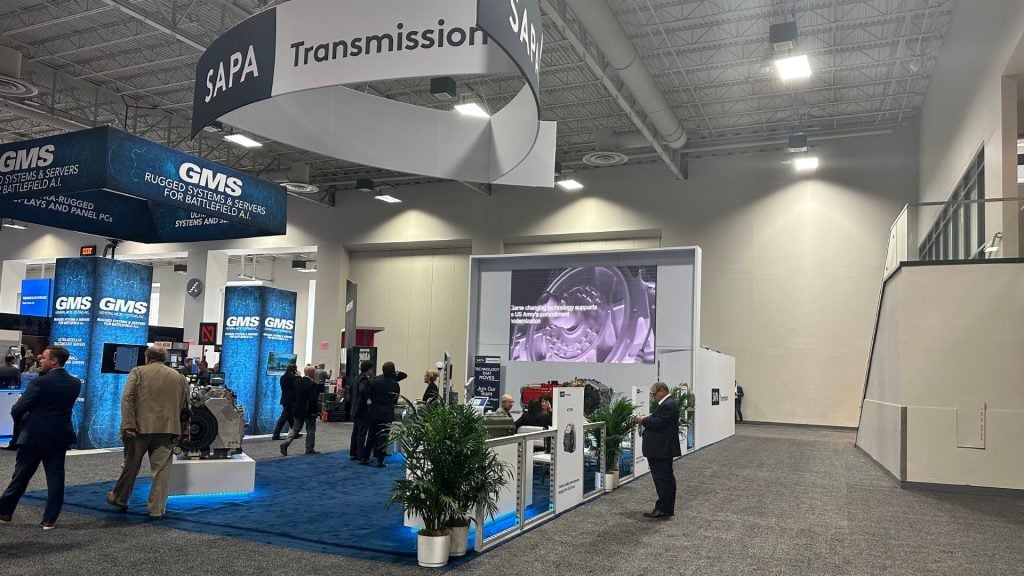
Introduction
As we approach IFES 2024, the influence of cultural trends on global expo stall designs becomes increasingly apparent. Exhibitors worldwide are recognizing the importance of cultural sensitivity and local relevance in creating compelling and engaging exhibition spaces. This blog explores how cultural trends are shaping expo stall designs, highlighting key examples and providing insights into what exhibitors can expect at IFES 2024.
1. The Growing Importance of Cultural Trends in Expo Design:
Understanding Cultural Sensitivity: In a global marketplace, understanding and respecting cultural differences is crucial for exhibitors. Culturally sensitive designs can:
- Enhance Visitor Engagement: Tailoring designs to reflect local cultures makes visitors feel seen and respected, fostering deeper connections.
- Promote Inclusivity: Inclusive designs ensure that people from diverse backgrounds feel welcome and valued.
Globalization and Localization: While globalization has made international exhibitions more accessible, it has also heightened the need for localization. Exhibitors must balance global brand consistency with local cultural nuances.
- Global Themes with Local Flavors: Integrating global brand messages with local cultural elements creates a harmonious and appealing design.
- Adaptation and Customization: Customizing elements such as language, symbols, and aesthetics to fit the local context enhances relevance and impact.
2. Key Cultural Trends Influencing Expo Stall Designs:
Sustainability and Eco-Consciousness: Sustainability is a global trend with strong cultural implications. Many cultures emphasize environmental stewardship, and sustainable designs resonate widely.
- Eco-Friendly Materials: Using sustainable materials like bamboo, recycled metals, and biodegradable plastics aligns with global eco-conscious values.
- Greenery and Natural Elements: Incorporating plants and natural elements reflects cultural appreciation for nature and promotes well-being.
Technology and Innovation: Technology is a universal trend, but its adoption and presentation can vary culturally.
- Interactive Displays: Cultures with high technology adoption rates appreciate interactive displays, AR/VR experiences, and smart booths.
- Local Tech Innovations: Showcasing local technological advancements can attract interest and demonstrate cultural pride.
Art and Craftsmanship: Traditional arts and crafts are integral to many cultures and can be a focal point in stall designs.
- Handcrafted Elements: Integrating local craftsmanship adds authenticity and cultural richness to the booth.
- Cultural Motifs: Using traditional patterns, colors, and art forms can create visually striking and culturally relevant designs.
3. Regional Examples of Cultural Influence in Expo Designs:
Asia: Asian cultures often emphasize harmony, nature, and technological prowess.
- Japan: Clean lines, minimalistic designs, and the use of natural materials like wood and paper reflect traditional Japanese aesthetics.
- India: Vibrant colors, intricate patterns, and the use of traditional textiles showcase India’s rich cultural heritage.
Europe: European designs often blend historical elements with modern innovation.
- Italy: Incorporating elements of classic architecture and art, such as Renaissance motifs, can highlight Italy’s cultural history.
- Scandinavia: Scandinavian design focuses on simplicity, functionality, and sustainability, often featuring natural light and eco-friendly materials.
Middle East: Middle Eastern designs are known for their opulence, intricate patterns, and hospitality.
- UAE: Luxurious materials, grand structures, and detailed geometric patterns reflect the region’s architectural and cultural grandeur.
- Morocco: Rich colors, elaborate tile work, and traditional lanterns create an immersive cultural experience.
4. Practical Tips for Integrating Cultural Trends into Expo Designs:
Research and Understanding: Thorough research into the local culture is the foundation of culturally sensitive design.
- Cultural Consultations: Engage with local cultural experts or consultants to gain insights and avoid cultural missteps.
- Visitor Preferences: Understand the preferences and behaviors of local visitors to tailor the design and experience accordingly.
Collaborate with Local Designers: Working with local designers can bring authenticity and cultural depth to your booth.
- Local Partnerships: Partner with local artists, craftsmen, and designers to incorporate genuine cultural elements.
- Co-Creation: Involve local stakeholders in the design process to ensure cultural relevance and engagement.
Flexibility and Adaptability: Designing flexible and adaptable booths allows for customization to different cultural contexts.
- Modular Designs: Use modular elements that can be easily reconfigured to suit different cultural themes.
- Customizable Graphics: Create graphics and visuals that can be quickly adapted to include local languages and cultural symbols.
5. Looking Ahead: What to Expect at IFES 2024:
Diverse Cultural Representations: Expect to see a rich tapestry of cultural influences at IFES 2024, with exhibitors showcasing designs that reflect local traditions and global trends.
- Interactive and Immersive Experiences: Advances in technology will enable more interactive and culturally immersive experiences, blending virtual and physical elements.
- Sustainable Innovations: Sustainability will be a key theme, with many exhibitors demonstrating eco-friendly practices and materials influenced by cultural attitudes towards the environment.
Conclusion:
As we prepare for IFES 2024, the impact of cultural trends on global expo stall designs is more evident than ever. By understanding and integrating cultural nuances, exhibitors can create more engaging, inclusive, and impactful booth designs.
This cultural sensitivity not only enhances the visitor experience but also demonstrates respect and appreciation for diverse global audiences. As the exhibition industry continues to evolve, the fusion of cultural trends with innovative design will set new standards for excellence and engagement.


 Global
Global Europe
Europe

